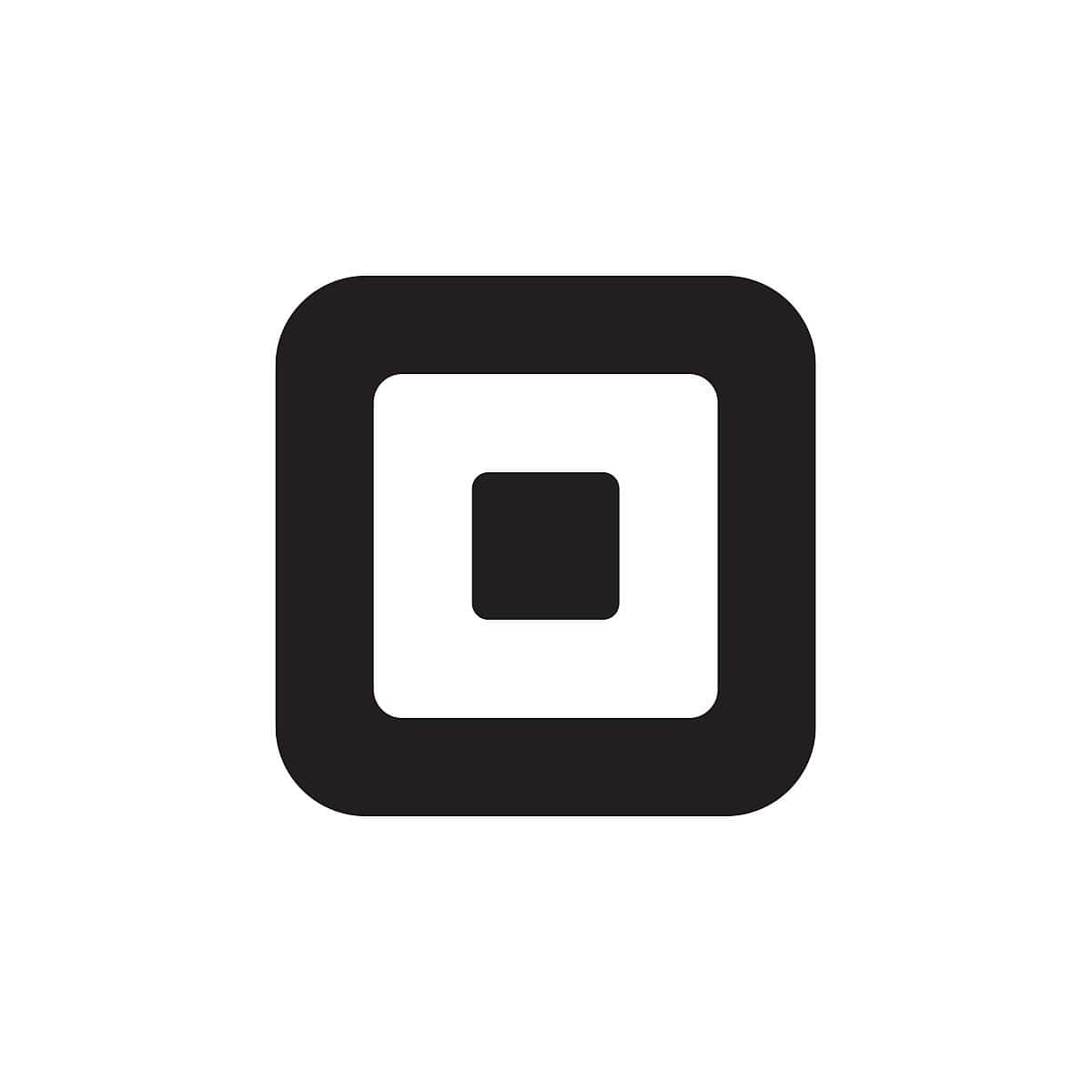Find out what a POS system really is and why you need one for your business.
Our content reflects the editorial opinions of our experts. While our site makes money through
referral partnerships, we only partner with companies that meet our standards for quality, as outlined in our independent
rating and scoring system.
Before choosing a system for your business, it’s important to learn about POS system components, POS features, how to use a POS system, and what a point of sale system can do for your business.
In this article, we’ll talk about different kinds of POS software, discuss types of POS hardware, break down how much a POS costs, and review point of sale system benefits. If you want specific recommendations, check out our article on the best POS systems for small businesses.
POS System Definition
A point of sale system, or POS, is any electronic system a business uses to process payments. If you think about the term literally, it means the location where the sale is concluded at a business.
A POS system includes hardware and software for accepting payments. It can also perform business management tasks, such as sales tracking and multi-location management.
The best POS systems for small businesses are cloud-based, with a lightweight hardware setup that may only include an iPad or tablet and a payment reader. Traditional POS systems include a full countertop setup with a customer-facing screen, scanner, and cash drawer.
Though POS systems usually consist of a tablet register, payment terminal, cash register, and other components, a POS system can also be just a smartphone with a mobile Bluetooth card reader. It is technically a POS system as long as you can use it to process credit card payments electronically. The best mobile POS systems can do almost everything a traditional POS used to do, and sometimes more.
With that said, most POS systems include additional features, such as customer management, sales reports, and barcode scanning. Many also come with additional point of sale hardware, like printers, additional card readers, and registers.
POS System Cost
POS system costs vary widely, but most modern tablet-based POS systems cost about $1,000 to $1,800 per terminal, plus ongoing monthly POS software costs ranging from about $50 to $300/month.
You also need to consider payment processing costs when choosing a POS, as an increasing number of POS systems require that you use their in-house payment processor. For flat-rate processors, the standard rate (for in-person payments) is about 2.3-2.6% + $0.10-$0.15.
Check out our article on POS system costs for more in-depth information.
What Are The Benefits Of Using A POS System?
Today’s point of sale systems are business management platforms that can help you monitor and manage nearly every aspect of your business.
All of the features/benefits of POS technology together help businesses increase efficiency as well as profitability.
Our article on POS benefits breaks down these advantages.
How To Use A POS System
There are three main steps to using a POS system at your business.
These steps will all go smoother if you choose a POS with high ease of use. When shopping for a POS, pay attention to reviews that mention the POS software’s ease of use — having a system that’s easy to train new hires on is especially important if you want to reduce your employee turnover rate.
Step 1: Installation & Guided Walkthrough
Your POS system might come with a guided online walkthrough of how to use the system or live installation and training, provided either remotely or in person.
In most cases, expert installation and training may cost extra. However, depending on your system’s complexity, an online walkthrough will, in many cases, be sufficient. Most major POS companies also have a large online presence and may feature videos on YouTube or on their website that can help with this process. And if you can’t get ahold of a representative immediately, some companies have forums with helpful user comments and tips.
Step 2: Setting Up Payment Processing
Now that your account is up and running, you’ll need a way to take payments. Many modern POS systems come with their own built-in payment processor which is often the easiest way to go but may not always give you the best rates. Others integrate some of the best card processing companies and allow you to shop around.
This process should be a simple one as well, as you simply need to enter some basic information about your business, along with your bank information.
Step 3: Uploading Your Inventory
You have products to sell, so it’s time to put them into your POS system. If you are transferring from one system to another, you can usually upload your existing inventory via a CSV file. But some of the best POS systems for inventory management also make it easy to upload items in bulk and sort them in a number of ways.
A POS system will also help you keep your inventory organized and track what items are top sellers.
Step 4: Create An Online Presence
If you want to sell online, many POS systems come with built-in eCommerce platforms or, at the very least, integrate with other great eCommerce software. Even if this isn’t your area of expertise, a POS system makes this process easy and can help expand your business to new customers.
POS Hardware Components
POS software can be fully mobile on your phone with no equipment or include a full countertop setup with a cash register and other components.
Many systems require you to purchase your POS hardware from the POS vendor, while others let you source your hardware yourself or use components you already have from a previously used system.
Some of the hardware you’ll need to consider purchasing is, a card reader or mobile processer, a receipt printer, a card scanner, and, if you own a restaurant, a kitchen display system.
Our complete buyer’s guide can help you decide what POS hardware you need.
Next Steps: Choosing The Right POS System
Now that you know the definition of a POS system, how much it costs, how to use one, and the ways POS can benefit your small business, you’re ready to begin shopping.
While it may seem like a daunting task, it’s worth it in the end. Check out our article on how to choose a POS system to learn more about the basic factors you should consider when looking into any POS system.












